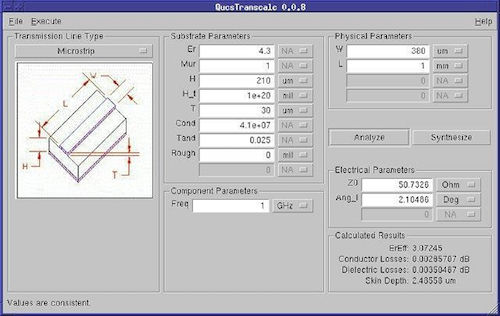

Uncheck display in schematic check box for the variable Num for each digital source. Rename each digital source to match the port name. Add two digital sources next to each sub circuit input. Select digital source located at the top of the resulting list. In the Components tab of the left window, select digital components from the top drop-down box.Now the new component should be loaded as below.Double click on the file component and browse to select your circuit saved on the step 9.Select file component in the top drop-box and add a Subcircuit component to the schematic windows. Select the Components tab in the left window.Left click on New schematic tool or menu File > New.We can now assemble this digital circuit. Everything up to this point has been to create a sub-circuit, from our VHDL code, that can be simulated in a digital circuit.Finally Save it and give the file the same name as the entity (i.e.: andGate.sch). Right click in the component and select again the Edit Circuit Symbol option to back to the schematic. using the text tool create the port name text (a, b and x) drag it close to each correspondent pin as below. Right click in the component and select Edit Circuit Symbol.Rename the ports for match to the VHDL entity ports (a, b and x). Uncheck display in schematic check box for the variable Num for each port. For this specific schematic port a and b are inputs and x is an output. Double click on each port and change it type for in or out depending on the port function. Change the component name to match you VHDL device. Double click on the new VHDL file component and browse to select your vhdl code.On the digital components list select the VHDL file component. Select on left pane Components and on the dropdown menu select digital components. Now select or create an untitled schematic.After saved the editor will enable the syntax color highlighting which is very useful. use as file name the save name of the HDL entity. all entity andGate is port ( a, b : in std_logic x : out std_logic ) end andGate architecture hardware of andGate is begin x Save as. GenrateWire(cir.GetComponent().anchoredPosition, GetFutreNode(t.- Project: AND Gate VHDL simualation - 2018 by Vanderson Pimenta - library ieee use ieee. GenrateTreeUI(t.GetRight(), true, Level + 1) GenrateWire(cir.GetComponent().anchoredPosition, GetFutreNode(t.GetLeft(), Level, false)) GenrateTreeUI(t.GetLeft(), false, Level + 1)

(Level * 55)) Ĭir.GetComponent().anchoredPosition = new Vector2( + Level * 55, Roottr.anchoredPosition = new Vector2(-11, 213) Ĭir.GetComponentInChildren().text = t.GetValue().ToString() Ĭir.GetComponent().anchoredPosition = new Vector2( - Level * 55, Public void GenrateTreeUI(BinNode t, bool right, int Level)Ĭir = Instantiate(CirclePrefab, new Vector2(0, 0), Quaternion.identity) Ĭir.transform.SetParent(ansform) I spend a lot of time in devising and implementing the automatisms.I need to introduce new parameters governing the automatisms that are even harder to grasp for the average user.About one in thousand users will run into a horrible problem with the automatisms that is much more difficult to solve than the above.About fifty a thousand users (including the above) miss an opportunity to learn rudimentary knowledge about how integrators work and reading documentations.About twenty in a thousand users will not run into problems like yours.You might ask yourself: Can these parameters not be chosen more dynamically? As a developer and maintainer of an integration module, I would roughly expect that introducing such automatisms has the following consequences: You can usually tweak these parameters, but if you don’t, there need to be some default values and these default values are chosen with the above setup in mind.

The step-size adaption in turn is governed by a lot of parameters like absolute tolerance, relative tolerance, minimum time step, etc. The reason for the above behaviour of integrators is that they use step-size adaption, i.e., the integration step is adjusted to keep the estimated error at a defined level. This typically fails for astronomical simulations where the orders of magnitude vary and values as well as time scales are often large in typical units.


 0 kommentar(er)
0 kommentar(er)
